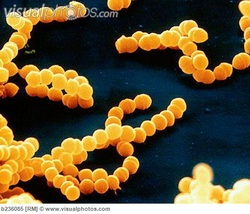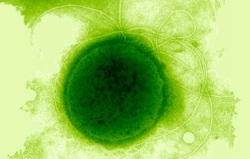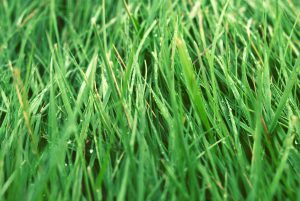Eubacteria:
Yersinia pestis Streptococcus pneumoniae
Yersinia pestis can infect humans. Humans can get this infection through rats.
Streptococcus pneumoniae affects a lot of younger and older people with weaker immune systems. It can also spread through the body and cause disease.
Archaebacteria:
Methanobacteria Thermococcus litoralis
Methanobacteria can be used for Anaerobic digestion. It converts organic waste to clean energy.
Thermococcus litoralis uses animal waste and converts it to hydrogenation.
Protista:
Algae Amoeba
Algae is a large group of photosynthetic organisms. Most Algae is aquatic.
Amoeba can infect other organisms causing disease.
Fungus:
Basidiomycota Zygomycota
Basidiomycota are filamentous fungi. Basidiomycota can reproduce both asexually and sexually.
Zygomycota are parasites of plants, insects, and small animals, while others form symbiotic relationships with plants.
Plant:
Grass Tree
Grass include some of the most versatile plant life-forms.
Tree play a significant role in moderating the climate. They remove carbon dioxide from the atmosphere and store large quantities of carbon in their tissues.
Animal:
Mammal Sponges
Mammals including the six most species-rich orders, belong to the placental group.
Sponges, unlike other animals, they lack true tissues and organs, and have no body symmetry.











